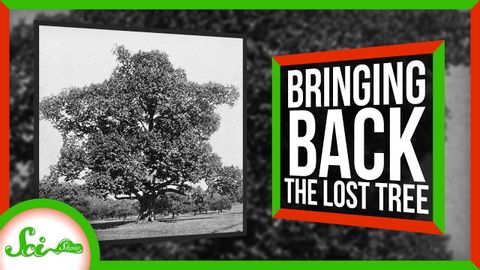失われたアメリカ栗の木を持ち帰る (Bringing Back the Lost American Chestnut Tree)
林宜悉 が 2021 年 01 月 14 日 に投稿  この条件に一致する単語はありません
この条件に一致する単語はありませんUS /æŋˈzaɪɪti/
・
UK /æŋ'zaɪətɪ/
US /ˈɛpɪˌsod/
・
UK /'epɪsəʊd/
US /səˈsɛptəbəl/
・
UK /səˈseptəbl/
- adj.影響を受けやすい;影響を受けやすい;影響を受けやすい;脆弱な
- v.t./i.出場する;計算する;思う;思う
- n.姿 : 体形;数字;人物像;図表;著名人;姿の輪郭;数字
エネルギーを使用
すべての単語を解除
発音・解説・フィルター機能を解除

